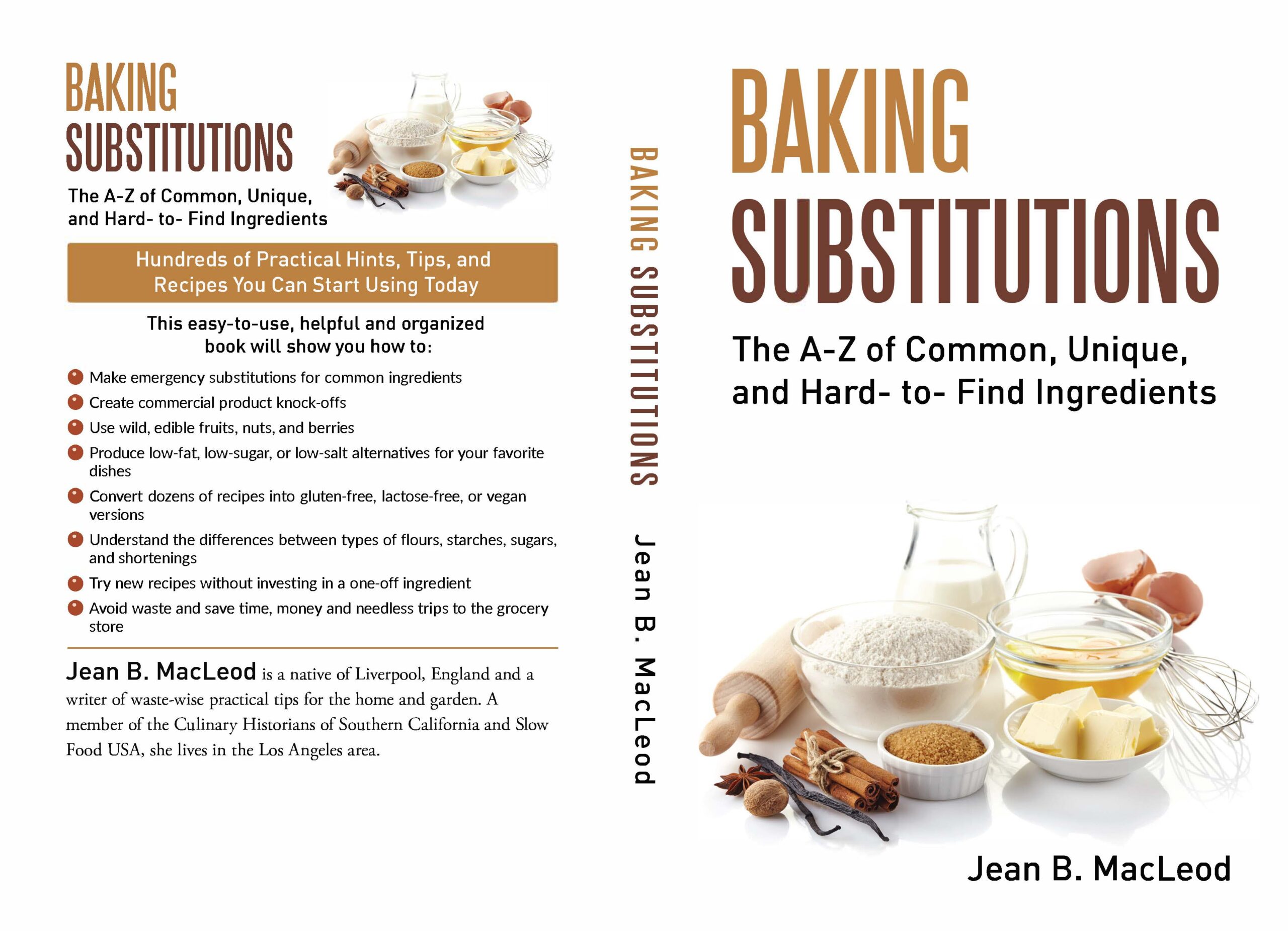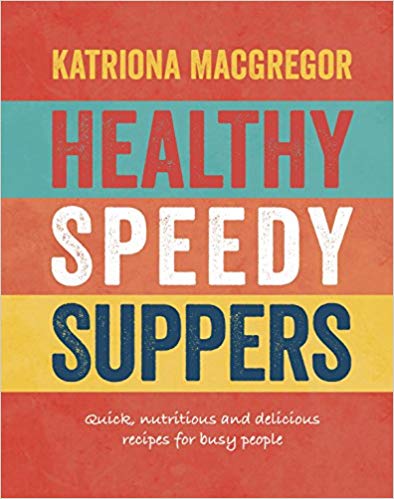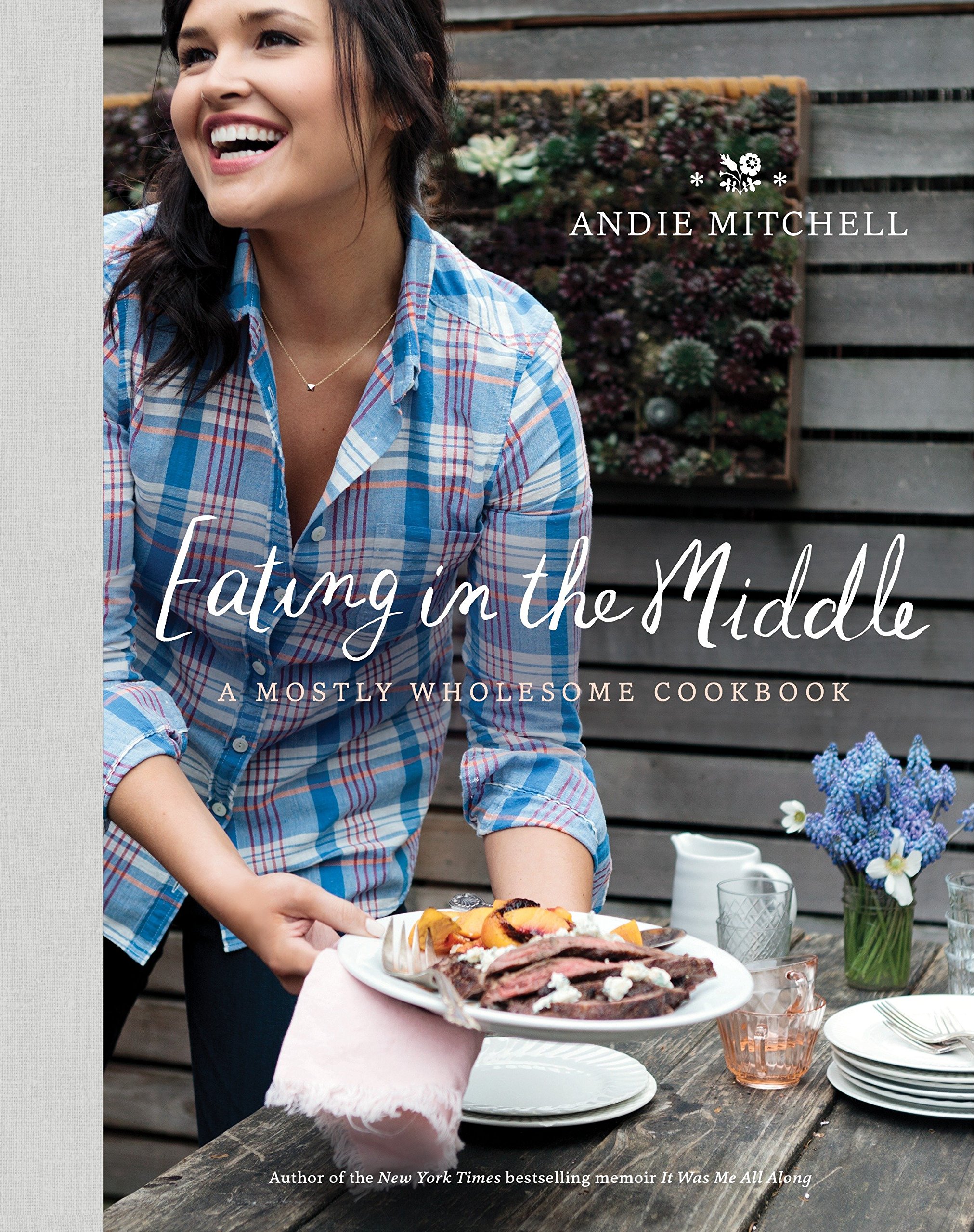You must be logged in to post a review.
BAKING SUBSTITUTIONS: The A-Z of Common, Unique, and Hard- to- Find Ingredients
Greater interdependence across the world and more global migration has introduced all to a more international cuisine. As a result, we not only acquire the taste of different cuisines but also modify our own. Substitutions are a common part of culinary activity, and the reasons for substitutions are varied. The most common include shifting diets toward more healthy alternatives, the unavailability of certain ingredients, allergies or other health-related reasons for avoiding certain foods, and religious or cultural norms that restrict culinary ingredients.
The main portion of this book is an alphabetical listing of ingredients and suitable substitutes for that ingredient. The coverage is fairly broad, from common to exotic, covering ingredients found in South American, Indian, Middle Eastern, and Asian cuisines. In some cases, there are no good substitutions. For example, dairy products (depending on their use) may not have easily available non-dairy substitutes. Included for some ingredients are instructions to “make your own” ingredient (such as entries for lemon sugar, hemp milk, and almond flour). Some – especially those with a short list of suitable substitutes – have both the substitutes and “make your own” instructions.
Some entries may not seem complete, in that no substitute is offered when there could be one. In other cases, certain substitutes could be omitted. For instance, in the entry for bacon, suitable substitutes include other pork products, chicken and duck from poultry, and vegetable options (such as soy, tempeh, tofu, and dulse). However, there is no mention of the more widely available turkey bacon. Of course, omissions like these are expected in a publication that tries to cover substitutions in general. Close substitutions are easy (such as substituting hallabong juice with citrus juice), but if the reason for substitution does not allow for close substitutions, readers may have to search for substitutes that are beyond the scope of this work.
After the alphabetical listing of substitutes, the work includes weight and volume equivalences of certain ingredients. In American culinary tradition, most ingredients are listed by volume. However, volume measures are not exact – especially for ingredients that can be loosely or tightly packed (such as leaves). Here, a weight equivalent is more likely to yield more consistent results. Baking – unlike cooking – requires more careful proportional control, as the result is more dependent on certain chemical reactions occurring as intended.
A list of substitutes for several ingredients serves not only as a reference for eating healthier food or substituting another ingredient when one is not available, but it also encourages readers to experiment more while cooking. Creative combinations and unique recipes are, after all, the joy of cooking. In this regard, the book is highly recommended.
| Author | Jean B. MacLeod |
|---|---|
| Star Count | /5 |
| Format | eBook |
| Page Count | 232 pages |
| Publisher | Jean B. MacLeod |
| Publish Date | 2018-Jul-28 |
| ISBN | 9780997446449 |
| Bookshop.org | Buy this Book |
| Issue | September 2018 |
| Category | Cooking, Food & Wine |
| Share |






Reviews
There are no reviews yet.